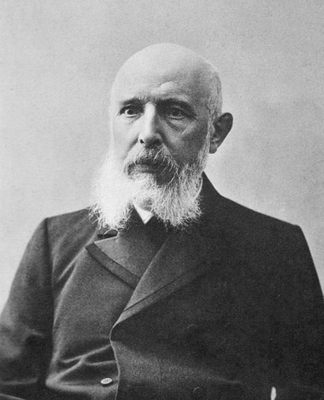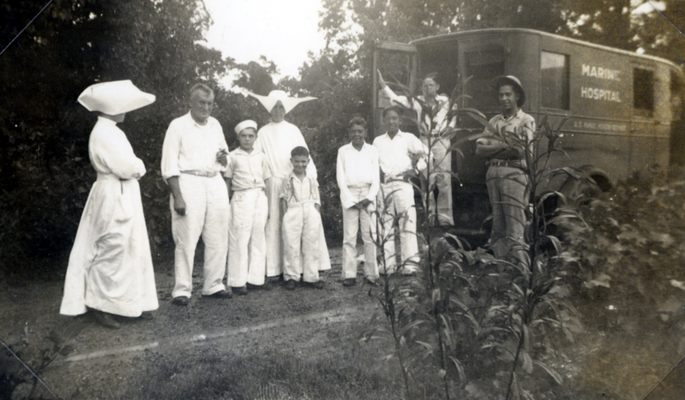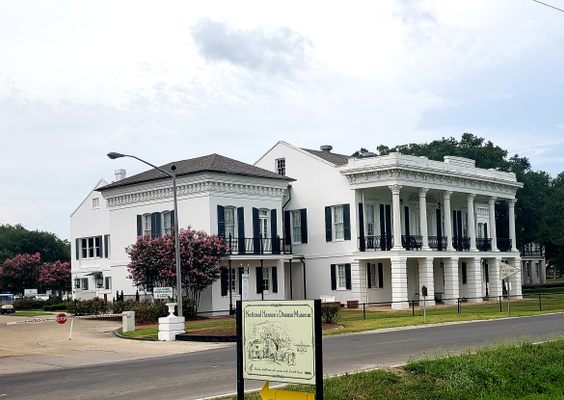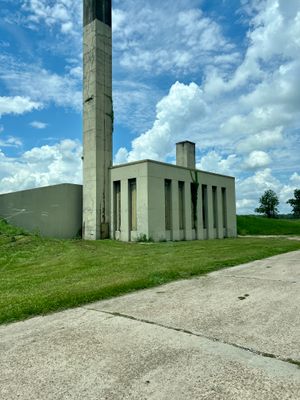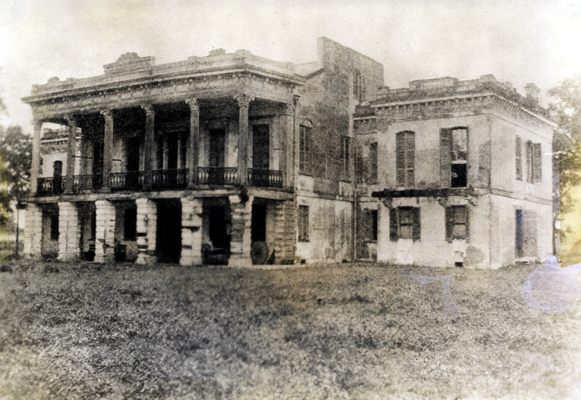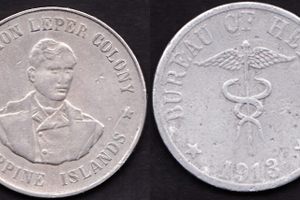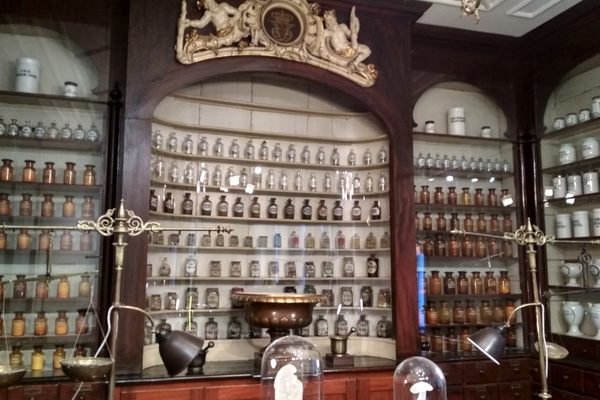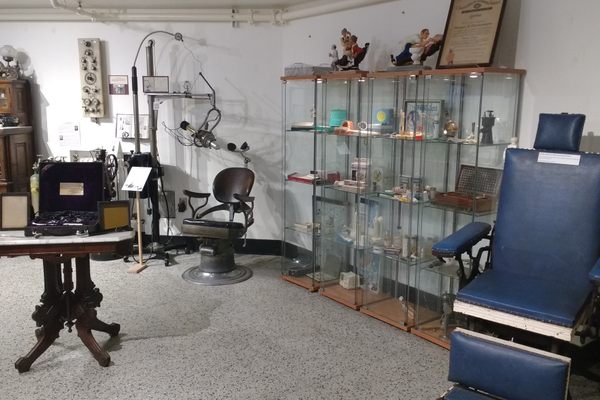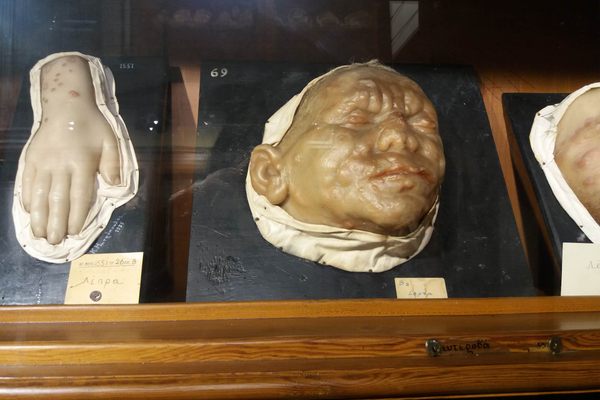About
On a chilly night in November 1894, a coal barge was tugged up the Mississippi River toward a dilapidated sugar plantation, Indian Camp, delivering its seven sickly passengers to their new home.
It was the last chance of refuge for these patients, and it was more than likely the place they’d be buried. For almost two years, no physician or nurse would risk infection by living on site, and the seven leprosy-afflicted souls were alone to fend for themselves.
In 1896, responding to a request for assistance from the Dr. Isadore Dyer, President of the Board of Control, the Catholic Daughters of Charity of St. Vincent de Paul came to administer day-to-day operations of the hospital and care for the patients. The first four Sisters arrived in April of 1896. For the next 109 years a total of 116 Sister would serve the mission of caring for the patients.
As the number of quarantined patients grew, the crumbling estate slowly transformed. In 1905, the Louisiana State Board of Control purchased the property and began construction to improve the site. Most patients who came to the leprosarium would live there until they died, their bodies buried in a cemetery that now holds over 1,000 former residents.
In 1921 the federal government took over the hospital from the state of Louisiana and it became the National Leprosarium, the only leprosy hospital in the United States. The territory of Hawaii maintained a leprosy settlement on the island of Molokai, established in 1866, but it was for Hawaiian patients only.
By the late 1930s, the hospital had its own infrastructure that included a sewer system and a power plant. There were two churches, a ballroom, a patients’ canteen for snacks, and a golf course, but that didn’t change the fact that the patients were still considered inmates, some even brought to the complex in shackles.
Mercifully, the 1940s brought swift victories in treatment and understanding of the disease, and as medications succeeded and myths about contagion were dispelled, the word “leper” became unacceptable and the term “leprosy” was replaced with the new, less stigma-drenched “Hansen’s disease”
By the 1960s, enforcement of quarantine laws became lax, and as the years trudged along, the “leper colony” transformed into what would eventually become the Gillis W. Long Hansen’s Disease (Leprosy) Center. Out-patient programs were developed, the gates were opened, and patients were finally free to seek treatment outside the quarantine setting. This presented a new challenge–many patients didn’t have anywhere to go. Their homes and families long gone, their ability to function in the outside world destroyed by deformities and decades of isolation, some remained at the facility, and others who tried to leave would return, unable to find their place in the outside world.
By 1998, it was decided that the hospital and grounds were too extensive and expensive to maintain for a disease that had been demystified and cured. But the remaining patient community appealed to the Clinton administration to stay. Forty ambulatory patients remained at the location, although the hospital and administration were relocated to Baton Rouge.
The National Hansen’s Disease Museum opened its doors in 1999, just as the treatment facility closed. The museum has over 6,000 square feet of exhibits on the history of the hospital, lives of the patient, staff members and the Daughters of Charity of St. Vincent de Paul. They offer extensive education on the disease itself.
There are no longer patients onsite. HD is a treatable, curable, out-patient disease today.
Related Tags
Know Before You Go
GPS Users: Although the street address is listed by the US Post Office at "5445 Point Clair Road" in Carville, LA use the coordinates of "5335 Point Clair Road" if using a GPS device to get exact directions. The site is now a LA National Guard base. Be prepared to stop at an entrance gate and show ID to military police.
The museum is currently open Wednesday-Friday 10 am-4 pm. There is a self-guided free audio driving tour open 7-days a week, sun-up to sun-down. Pick up a map and access info on museum's front porch.
Community Contributors
Added By
Published
October 15, 2015
Sources
- http://www.thefreelibrary.com/The+legacy+of+Carville%3A+a+history+of+the+last+leprosarium+in+the+U.S.-a0308743740
- http://www.louisianatravel.com/articles/story-leprosy-and-national-hansens-disease-museum
- http://articles.latimes.com/1993-11-29/news/mn-62114_1_leper-colony
- Www.hrsa.gov/hansens-disease/museum


